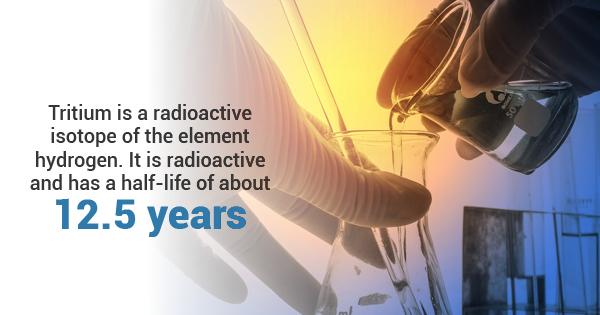
Acute kidney injury (AKI), previously known as acute renal failure, kills around 1.7 million people every year. The kidneys produce a rapid buildup of nitrogenous wastes and also decrease urine output; severe complications -- including muscle weakness, paralysis, and heart rhythm problems -- ensue.
The search for a breakthrough in treating this agonizing disease has led to multidisciplinary and multinational collaboration: the researchers represent four groups from America and China, and the three first authors (Dawei Jiang, Zhilei Ge, Hyung-Jun Im) come from backgrounds in radiolabeling and imaging, DNA nanostructures, and clinical nuclear medicine, respectively. Together, they're working to develop tiny, self-assembling forms measuring billionths of a meter in diameter in an effort to treat and prevent AKI.
"The interdisciplinary collaboration between nanomedicine and the in-vivo imaging team led by professor Weibo Cai at the University of Wisconsin-Madison and the DNA nanotechnology team has led to a novel application -- applying DNA origami nanostructures to treat acute kidney injury," said Hao Yan, director of the Biodesign Center for Molecular Design and Biomimetics in the School of Molecular Sciences at ASU. "This represents a new horizon for DNA nanotechnology research."
These DNA origami nanostructures (called DONs) are triangular, tubular, and rectangular in shape. The base pairing properties of DNA's four nucleotides were used to engineer and fabricate the DONs in a process they refer to as DNA origami. The DONs then self-assemble and accumulate in kidneys, essentially acting as a rapid and active kidney protectant (and alleviating symptoms of AKI).
Radiolabeled DONs were tested in mice using positron emmission tomography (PET). The PET scans showed the researchers precisely what they were looking for: a preferential accumulation in the kidneys of both healthy and AKI mice, while also revealing that the rectangular DONs offered the greatest protection -- the therapy was comparable to the drug NAC, considered the gold standard treatment for AKI.
The advances made with the invention of DONs would never be known without radiolabeling, and go to prove how essential it is in a research environment. Whether you're electing to use 14C labeling, GMP 3H labeling (3H refers to Tritium, a radioactive isotope of hydrogen with a 12.5 year half life), or ICN radiochemicals, your focus is on one thing: ensuring your drug is where it's supposed to be and doing what it's supposed to be doing.
